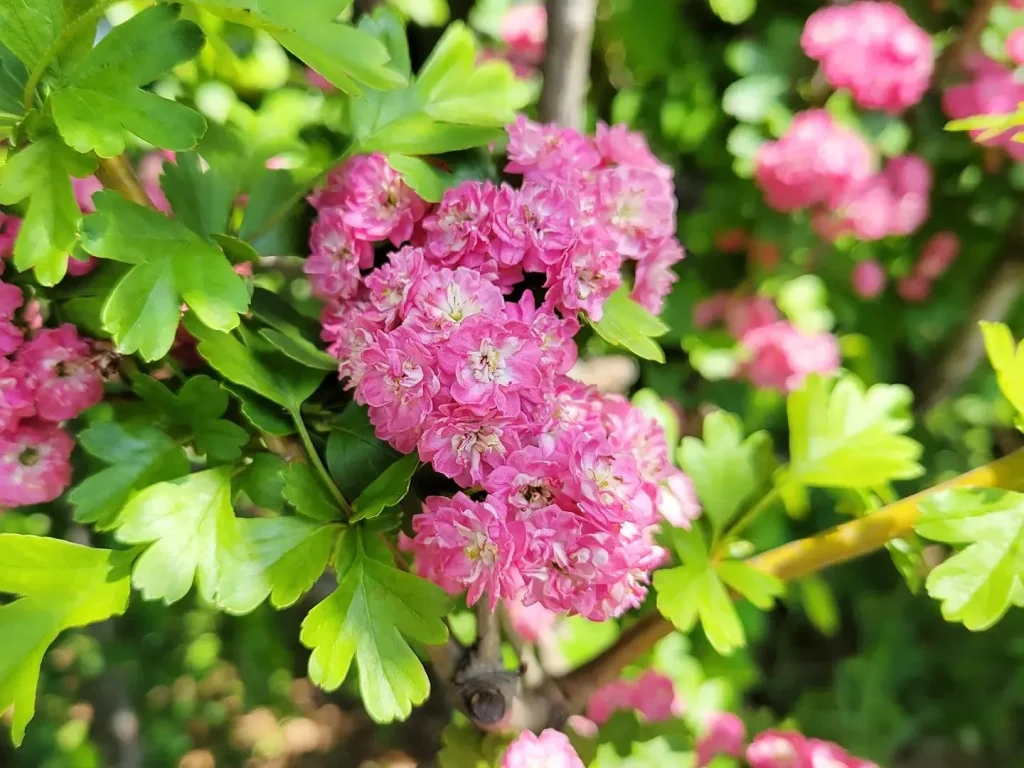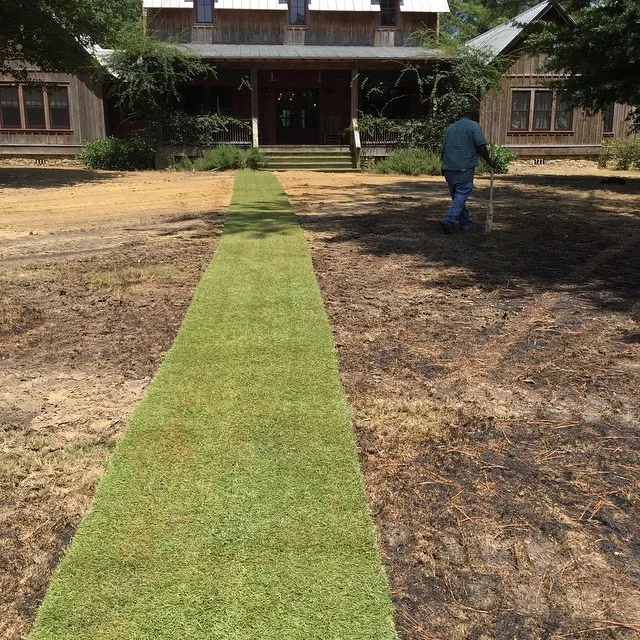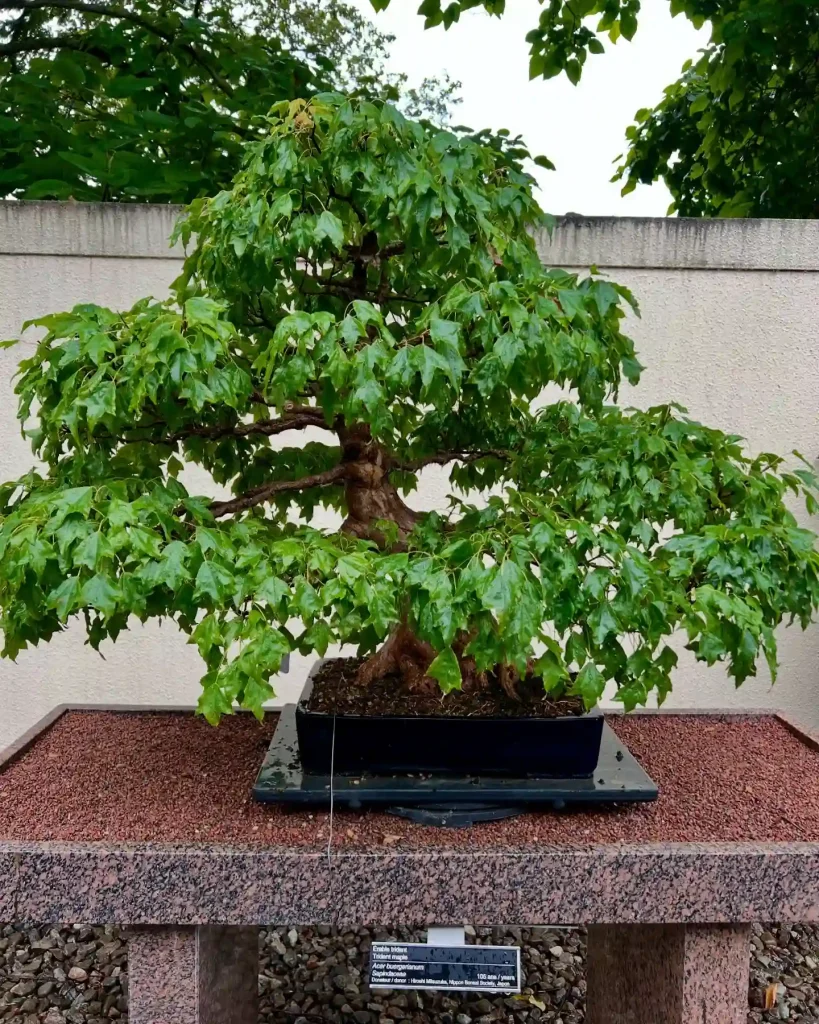What is Catha Edulis?
Catha Edulis, a solitary species within the genus Catha belong to the Celastraceae family, has cast a long shadow over the cultural and social landscapes of the Horn of Africa and the Arabian Peninsula. This enigmatic plant, commonly known as khat or qat, has been both celebrated and condemned, revered and reviled, for centuries. Its unique properties and the complex cultural practices surrounding its consumption have made it a subject of enduring fascination and scientific inquiry.
Is Catha Edulis a Stimulant?
Yes, Catha Edulis is indeed a stimulant. The leaves of the plant contain cathinone, a powerful compound that can have effects similar to those of amphetamines. When chewed, the stimulant properties can lead to increased alertness, euphoria, and reduced appetite. These effects are often temporary but can be quite potent. It’s worth noting that the use of Catha Edulis can have side effects, including insomnia, increased heart rate, and potentially addictive behaviors.
Is Catha Edulis Used in Religious Ceremonies?
Yes, in certain cultures, Catha Edulis is used in religious and ceremonial contexts. For example, in parts of Yemen and Somalia, khat plays a role in social and ritualistic settings, where it is chewed during gatherings and ceremonies. The plant is deeply ingrained in these cultures, and its use is often tied to traditional practices and community bonding.
How to Grow Catha Edulis?
Growing Catha Edulis requires a bit of attention to detail. This plant thrives in warm, tropical climates with plenty of sunlight. Here’s a step-by-step guide on how to cultivate it:
- Location: Choose a spot with full sunlight and well-draining soil. Catha Edulis prefers a sunny location and does not tolerate frost well.
- Soil: Use a rich, loamy soil with good drainage. You can amend the soil with compost to ensure it’s nutrient-rich.
- Watering: Keep the soil consistently moist but not waterlogged. Catha Edulis needs regular watering, especially in dry conditions.
- Temperature: The plant thrives in temperatures between 60-75°F (15-24°C). It’s crucial to protect it from frost.
- Fertilizing: Apply a balanced fertilizer every few months during the growing season to support healthy growth.
How to Grow Catha Edulis from Seed?
Growing Catha Edulis from seed can be a rewarding challenge. Here’s how you can do it:
- Seed Preparation: Soak the seeds in warm water for 24 hours to soften the outer coating. This will help improve germination rates.
- Planting: Plant the seeds in a seed-starting mix, pressing them lightly into the soil. Keep the soil moist and maintain a temperature of around 70°F (21°C).
- Germination: Seeds typically germinate within 2-4 weeks. Once seedlings are large enough to handle, transplant them into individual pots.
- Transplanting: After the seedlings have grown several inches tall and have developed a few leaves, they can be transplanted into their permanent outdoor location.
Are Catha Edulis Seeds Legal in the US?
The legality of Catha Edulis seeds in the US varies by state. Generally, the plant itself is not banned, but its stimulant properties can make it subject to regulation. The seeds might be available for purchase, but it’s important to check local laws and regulations before acquiring or cultivating them. Some states might have restrictions due to the plant’s potential for misuse.
Is it Easy to Grow Catha Edulis?
Growing Catha Edulis can be somewhat challenging, particularly if you do not live in a suitable climate. It requires specific conditions, including warmth, sunlight, and well-draining soil. While it is not impossible to grow in non-tropical areas, it may require special care and conditions, such as indoor growth with supplemental lighting.
How to Care for Catha Edulis?
Proper care for Catha Edulis involves regular maintenance and monitoring:
- Watering: Ensure the soil remains consistently moist but avoid overwatering.
- Pruning: Regularly prune the plant to encourage healthy growth and remove any dead or damaged leaves.
- Pests and Diseases: Watch out for common pests like aphids and spider mites. Regularly inspect the plant and treat any infestations promptly.
- Fertilization: Provide balanced nutrition throughout the growing season to support vigorous growth.
Can You Grow Catha Edulis Indoors?
Yes, you can grow Catha Edulis indoors, especially if you live in a cooler climate. For indoor cultivation:
- Light: Use grow lights to mimic natural sunlight.
- Temperature: Maintain a warm indoor environment, ideally between 60-75°F (15-24°C).
- Humidity: Ensure the indoor environment has adequate humidity to support healthy plant growth.
Is Catha Edulis Toxic?
Catha Edulis is not considered highly toxic, but its stimulant effects can pose risks if used excessively. Prolonged or high doses can lead to health issues such as cardiovascular problems, gastrointestinal disturbances, and psychological effects. It’s important to use the plant responsibly and be aware of its effects on your health.
Benefits and Common Problems
Benefits: When used responsibly, Catha Edulis can provide a stimulating effect and has cultural significance in certain regions.
Common Problems: Common issues include susceptibility to pests and diseases, as well as the potential for overuse leading to health problems. Inappropriate growing conditions can also impact the plant’s health.
Comparing Catha Edulis with Similar Plants
Kratom vs. Catha Edulis: While both are used for their stimulant effects, Kratom (Mitragyna speciosa) is a tree native to Southeast Asia with different active compounds. Unlike Catha Edulis, Kratom is associated with both stimulating and sedative effects, depending on the dosage.
Catha Edulis vs. Coffee: Coffee is a common stimulant derived from beans, whereas Catha Edulis is a plant with stimulant properties due to cathinone. Coffee’s effects are well-known and widely studied, while Catha Edulis’ effects are more specific to its traditional use in East Africa and Arabia.
Overall, Catha Edulis is a fascinating plant with unique properties and cultural significance. Understanding how to grow and care for it can be a rewarding experience if you’re up for the challenge.
If i die, water my plants!



